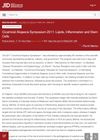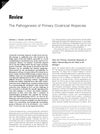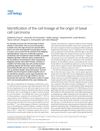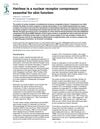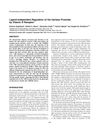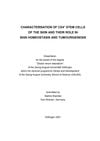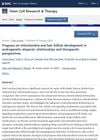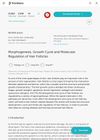Hair Follicle Disruption Facilitates Pathogenesis to UVB-Induced Cutaneous Inflammation and Basal Cell Carcinoma Development in Ptch+/- Mice
March 2014
in “
American Journal of Pathology
”
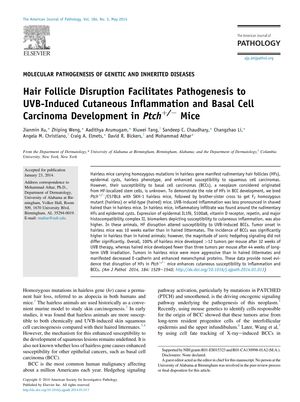
TLDR Damaged hair follicles make mice more prone to skin inflammation and skin cancer after UV exposure.
The study examined how hair follicle (HF) disruption affects the development of basal cell carcinomas (BCCs) and cutaneous inflammation in Ptch+/- mice, a model for human nevoid basal cell carcinoma syndrome. Hairless mice with rudimentary HFs due to a mutation in the hairless gene were found to be more susceptible to UVB-induced inflammation and BCC development than their haired counterparts. After 32 weeks of UVB exposure, all hairless mice developed over 12 tumors each, while haired mice developed fewer than three tumors each after 44 weeks. The hairless mice also developed tumors 10 weeks earlier and had more aggressive tumors, as indicated by decreased E-cadherin and increased mesenchymal proteins. Furthermore, hairless mice had a higher number of squamous cell carcinomas (SCCs) and BCCs, with an increased inflammatory response characterized by more inflammatory cells and cytokines. Treatment with sulfasalazine (SSZ), an NF-kB inhibitor, reduced tumor numbers and associated inflammation, suggesting that inflammation plays a significant role in tumorigenesis following HF disruption. The number of mice used in the study was not provided, which is crucial for evaluating the study's strength.
